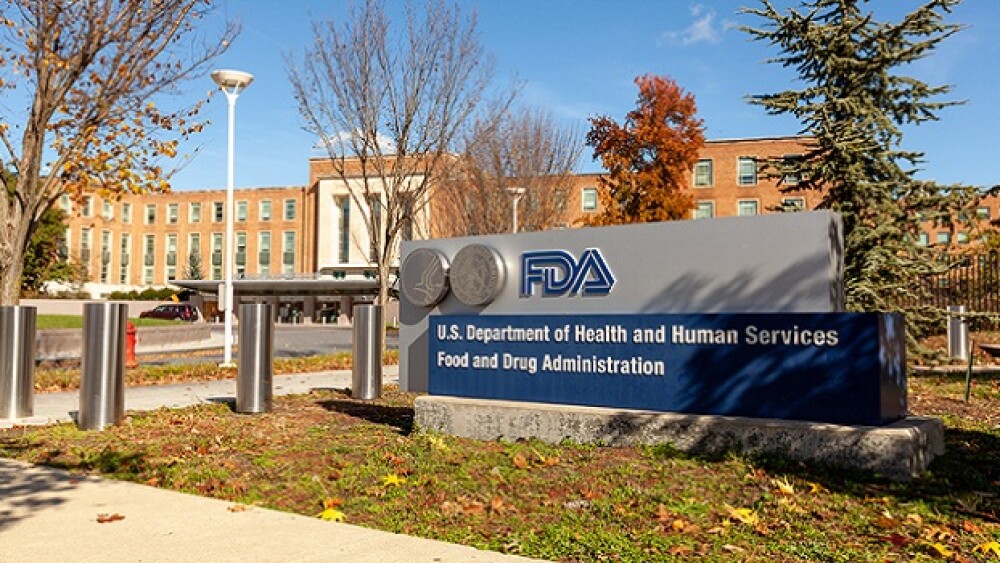Gene therapy has been a dream for many researchers for decades—inserting a healthier gene into patients’ cells to replace defective genes and curing diseases. One disease that would seem to be a good target for gene therapy is hemophilia.
Gene therapy has been a dream for many researchers for decades—inserting a healthier gene into patients’ cells to replace defective genes and curing diseases. Not all diseases are good candidates for it, and it’s only in the last decade or so that the technology has been advanced enough for gene therapy to be a real possibility. Only a few gene therapies have been approved so far, such as Spark Therapeutics’ Luxturna (voretigene neparvovec) for a rare, genetic form of blindness called retinal dystrophy.
One disease that would seem to be a good target for gene therapy is hemophilia. People with hemophilia have difficulty or an inability in forming blood clots. This puts them at high risk of uncontrolled bleeding into a muscle or joint, or internal bleeding or uncontrolled bleeding from injury, even minor injuries. Treatments involve injections of clotting proteins, but they are expensive, costing as much as $1 million per year. It is estimated that annual medical bills related to hospitalizations and surgeries hit $1 million per year, with $250,000 to $300,000 and up for the clotting proteins.
Several companies appear to be making progress for gene therapy for hemophilia. Spark is one and BioMarin Pharmaceuticals is another. Both gene therapies use a virus known as adeno-associated virus (AAV), which is the most common virus used as a vector in gene therapy. It poses at least two problems. First, it isn’t large enough to carry many full genes, for example, the genes related to missing clotting factor VIII or factor IX, or the dystrophin gene that is damaged in Duchenne muscular dystrophy (DMD). As a result, scientists have developed truncated versions of the genes that still work. The second problem is that, because the vector is a virus, the immune system may react to it. And the higher the dose required to be effective, the more likely there is to be an immune reaction.
To date, gene therapies for hemophilia, which affects mostly men, are showing promise. But one concern is that they don’t necessarily seem to be permanently effective, although the jury is still out on that. Steven Pipe, director of the hemophilia and coagulation disorders program at the University of Michigan and lead investigator of one of BioMarin’s clinical trials, told The New York Times, “we are anticipating that this is a once-in-a-lifetime treatment.”
Patients with hemophilia A have a mutation in the gene for factor VIII. Patients with hemophilia B have a mutation in the gene for clotting factor IX. Both diseases are essentially the same, although hemophilia A is more common. Spark’s gene therapy focuses on hemophilia B. BioMarin’s focuses on hemophilia A. Pfizer has taken over Spark’s hemophilia B work.
On May 22, Pfizer and Spark announced a follow-up of more than 15 participants in the Phase I/II clinical trial of SPK-9001 for hemophilia B. All 15 patients had discontinued routine infusions of factor IX concentrates and none experienced serious adverse events. On July 16, they announced the launch of a Phase III trial of SPK-9001, which is now named fidanacogene elaparvovec.
Also on May 22, BioMarin released updated data from its Phase I/II trial of valoctocogene roxaparvovec (BMN 270) for hemophilia A. It too showed continued and substantial reductions in bleeding requiring factor VIII infusions, no spontaneous bleeds and elimination of bleeds in target joints in the second year.
The New York Times writes, “Results from the two companies’ preliminary trials were not perfect. Patients in BioMarin’s hemophilia A trial got, on average, normal or above normal levels of factor VIII in their blood, but in the second year, those levels dropped to a median of 46 percent. It’s not clear why.”
The Times goes on to write, “Patients in Spark’s hemophilia B trial only reached on average 35 percent of normal blood levels of factor IX. But those levels have remained steady for the two years they have been followed.”
Which, as it turns out, is good enough for blood to clot. All of which sounds and seems miraculous for patients with hemophilia. And if the results hold for these patients, it probably will be a miracle.





